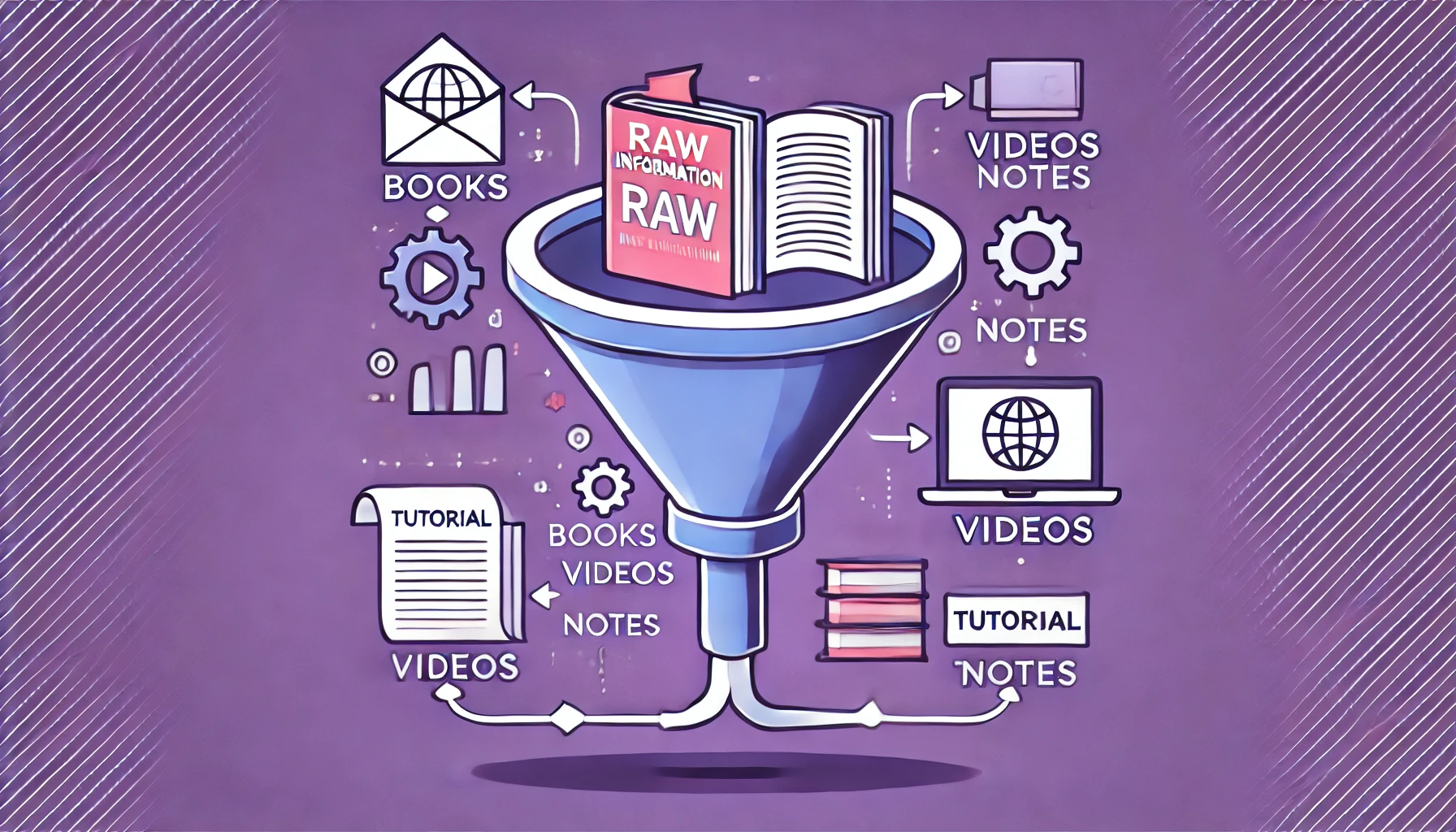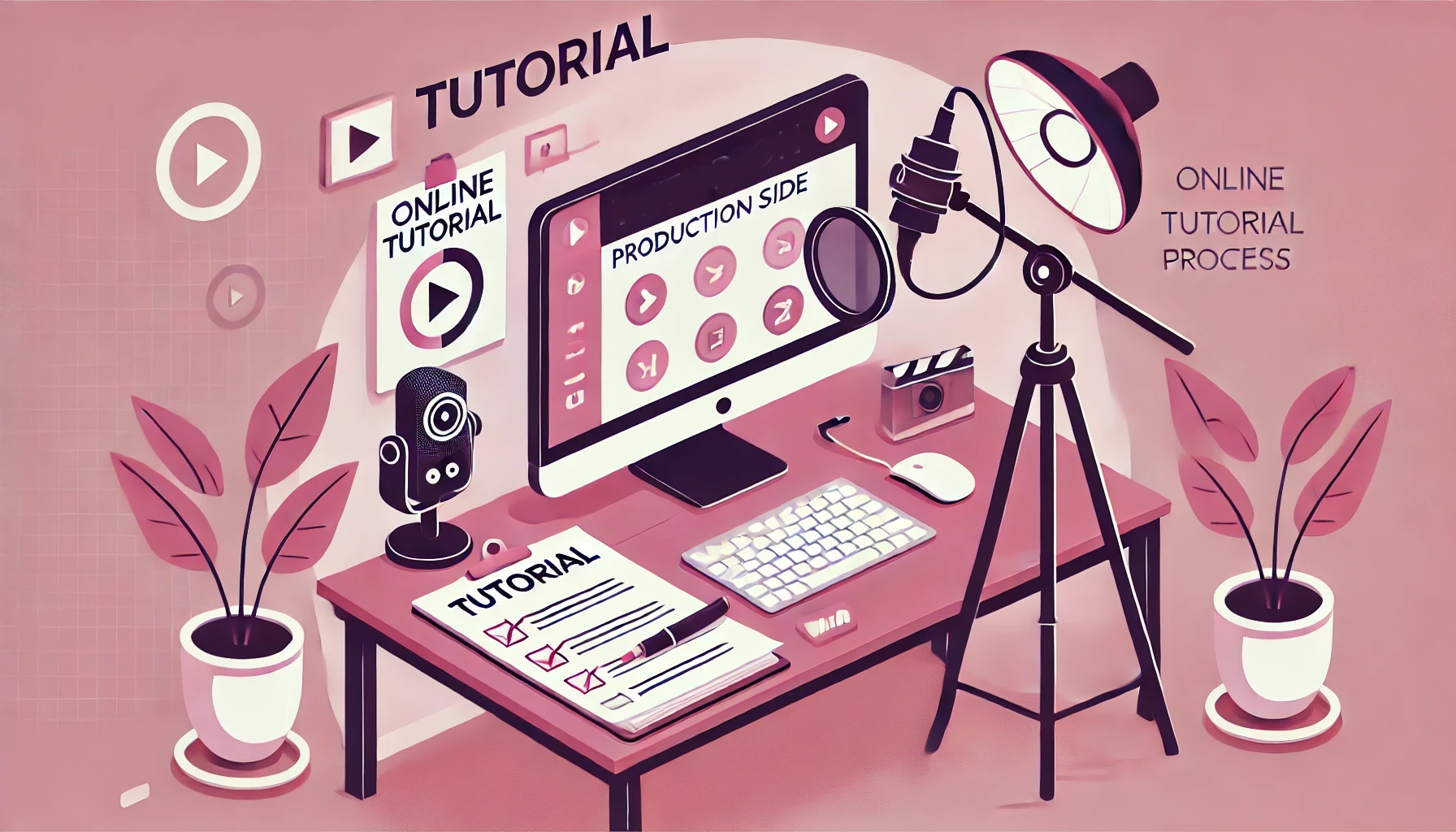You want to advance in your career, but you’re not sure how to stand out from the crowd.
You’ve put in the hard work, honed your skills, and learned from mistakes.
But how do you convey all of that so decision-makers see your true potential? Self-evaluation is your secret weapon.
By assessing your accomplishments, noting your developmental needs, and presenting your findings with clarity, you can position yourself as a strong candidate for promotion.
This post walks you through all the steps you need to take, from setting a rock-solid foundation for your self-evaluation to putting your best foot forward so you’re top of mind for that next big step in your career.

Why Self-Evaluation Is More Than Just a Formality
Some workplaces require a formal self-assessment, while others make it optional. In either scenario, you always benefit from drafting a thorough self-evaluation.
When you capture your contributions and insights in writing, you’re taking control of your professional narrative.
You aren’t merely listing tasks; you’re showcasing results. You aren’t simply mentioning errors; you’re highlighting lessons learned and how they’ve fueled your progress.
This isn’t just about filling out a form your manager expects. A well-crafted self-evaluation shows you’re proactive, reflective, and ready to grow.
Decision-makers notice employees who are confident enough to articulate their strengths and thoughtful enough to address their weaknesses. When you speak with clarity about your contributions, you set the stage for meaningful conversations about your future.
Standing Out in a Busy Environment
You operate in an environment where everyone is aiming for success. Some colleagues might prefer to fly under the radar, hoping their work speaks for itself. But that’s not always enough.
By consistently evaluating your work and progress, you create a track record of achievements that can’t be overlooked. This self-awareness radiates a level of professionalism and readiness that puts you on the shortlist for promotions.

Getting Started: Reflecting on Your Achievements
You may already have a general sense of the projects you’ve completed successfully.
But if you haven’t organized them into a clear narrative, you risk sounding scattered in front of the people who decide your promotion fate. Think of your achievements as a storyline. What was the challenge? What steps did you take? What was the outcome, and why was it significant?
Here’s a quick approach:
- Jot Down Key Wins: Make a list of the tasks or projects that went particularly well. Remember to include those smaller wins that might have gone under the radar. Even if a project didn’t yield the ultimate result you initially wanted, consider where you made a unique contribution or overcame significant obstacles.
- Quantify Wherever Possible: If you helped shorten project timelines, specify by how many days. If you reduced costs, specify the percentage or the actual dollar amount. When you attach numbers to your achievements, the impact of your work is immediately clearer.
- Highlight Team Collaborations: Promotions often favor those who can work well with others. Show you’re not just about personal accolades. Emphasize how you supported the team, trained new hires, or facilitated a productive meeting series that kept the entire project on track.
This early reflection sets a strong foundation for the rest of your self-evaluation. Don’t worry about making it perfect at first. Just gather all the details so you’ll have them ready to present in a concise, compelling way later on.
Identifying Growth Areas
Every manager appreciates an honest self-assessment, which means recognizing where you still have room to grow.
You want to demonstrate that you’re self-aware enough to identify your weaknesses—and motivated enough to do something about them.
If you had a project that didn’t go as planned, pinpoint what went wrong and how you responded.
Show that you learned from those mistakes by following up with an example of how you tackled a similar challenge differently the next time. This helps managers see your potential for growth, which is a key factor in promotions.

Crafting a Compelling Self-Evaluation Document
The key is to keep your content focused, data-driven, and forward-thinking. You don’t want to overwhelm supervisors with endless paragraphs. Instead, aim for clarity:
- Opening Summary: Start with a concise statement of your current role, the period under review, and your major achievements in a nutshell. This acts like an elevator pitch that sets the stage for the more detailed sections that follow.
- Key Achievements: Dedicate a section to each major achievement. In each section, describe the situation or challenge, the actions you took, the results, and the broader impact on the company or team.
- Areas of Improvement: Highlight the specific skills or competencies you’re working on improving. Keep the focus on solutions—describe the training you’ve pursued, the reading or research you’ve done, or the new methodologies you’ve experimented with.
- Future Goals: Wrap up your document by discussing what you’d like to achieve in the next review period. This is a great place to signal your interest in taking on higher responsibilities. If you have a particular role or department in mind, mention how your background has prepared you for that path.
By organizing your self-evaluation into these sections, you create a straightforward blueprint that supervisors and department heads can easily understand.
You also show initiative, foresight, and a strategic approach to your work.
The Language of Confidence
Phrasing can elevate a standard self-evaluation into a powerful career tool. Use active verbs like “implemented,” “coordinated,” “initiated,” and “improved.” These words convey you’re the kind of employee who takes action and drives change.
Remember that confidence doesn’t mean bragging. It means demonstrating ownership.
Instead of saying, “It was a team effort, and I helped with a couple of tasks,” go with, “Collaborated with a cross-functional team to reduce operating costs by 10%, by identifying and streamlining redundant processes.”

Strategically Presenting Your Self-Evaluation
After completing your self-evaluation document, think strategically about how to present it.
In some cases, you’ll upload it into a digital portal for your performance review. In other situations, you might sit down with your manager for a detailed discussion.
Be ready to elaborate on any point you’ve made. If you mention you reduced costs, have a quick breakdown of the actions you took.
If you discuss your leadership on a project, be prepared to describe the process of delegating tasks or motivating your team.
You can also create a brief presentation if you sense the opportunity to do so. A few bullet-point slides summarizing your self-evaluation can make your achievements pop off the page. Plus, offering a short slide deck often shows you’re serious about making an impact.
Linking Your Self-Evaluation to Promotion Goals
Your self-evaluation is already brimming with good content. Now, tie it explicitly to the role or promotion you want. Here are some tips:
- Highlight Relevant Skills: If the promotion calls for leadership, emphasize your team management experience and communication skills. If it’s more about technical expertise, underline your up-to-date training and certifications.
- Demonstrate Readiness: In your future goals section, mention specific responsibilities you’re eager to take on. Show your manager you’re not only interested in the title or compensation, but also the challenges and responsibilities that come with the promotion.
- Request Feedback: Ask your manager or mentor to review your self-evaluation and provide advice on reaching the next level. Inviting feedback shows humility and hunger for growth.

Using Technology for an Enhanced Self-Evaluation
Smart tools can simplify your self-assessment, track achievements, and keep tabs on team-related milestones.
Consider using a platform like Teamly software to manage your tasks and project outcomes in one place. By centralizing your accomplishments, you’ll have a ready-made record of wins and progress to feed into your self-evaluation.
Teamly software also encourages transparency, enabling you to see where you fit into the bigger project picture. With that clarity, you can target specific areas to sharpen your skills or step in to lead, further strengthening your case for a future promotion.
Maintaining Consistency All Year Round
One of the secrets to writing an impressive self-evaluation is to document your wins as they happen. Instead of leaving it all to memory at the end of the quarter or year, keep a running log:
- Keep a Journal of Key Contributions: Did you address a conflict within the team successfully? Note it. Did you uncover a more efficient method for project tracking? Write it down. Simple bullet points in a work journal or even a digital note-taking app will do the trick.
- Review Weekly or Monthly: Spend a few minutes every week or month reviewing your contributions. This regular habit means you’ll never forget the small but significant efforts that bolster your productivity.
- Align with Goals: Compare your achievements against the goals you set in your previous performance review. Demonstrating continuous progress fosters an ongoing story of improvement and initiative.
Maintaining this track record ensures your self-evaluation is always rooted in specifics. You’ll rarely have to scramble for evidence of your contributions when performance review time rolls around.
Seizing the Promotion Opportunity
Self-evaluation becomes a catalyst for your ambitions when it’s aligned with a plan for your advancement.
The moment you see a new opportunity on the horizon—be it a team lead position, a management role, or an entirely different department—start gathering evidence of why you’re the best fit.
Promotion decisions often hinge on the narrative you present. When you show up prepared with a well-organized, thoughtful self-evaluation, you demonstrate not only your worth but also your maturity as a professional.
You can set yourself apart from peers who rely on the hope that “good work will get noticed.” In a highly competitive environment, you create your own notice by shaping a narrative that stands out.
Turning Feedback into Action
Once you’ve submitted your self-evaluation, be open to constructive feedback.
A wise step is to schedule a follow-up meeting to discuss that feedback, especially if your supervisor doesn’t initiate one on their own. By doing so, you gain deeper insight into your performance, and you show your commitment to improvement.
Constructive feedback provides a roadmap for professional development.
Maybe you need to refine your client communication skills or step up your collaborative approach with stakeholders. Use these insights to improve, then weave your progress into the narrative of your next self-evaluation.
Stepping Forward with Confidence
Your self-evaluation is more than an obligatory task. It’s your personal branding opportunity.
It’s also a key stepping stone toward promotion, especially when you align your self-assessment with the company’s goals and your manager’s expectations.
When you consistently demonstrate self-awareness, back up your statements with measurable achievements, and show an eagerness to grow, you position yourself as a top choice for new leadership roles or specialized positions.
Approach each self-evaluation with a strong sense of purpose. Gather your data, craft a compelling narrative, and align your results with where you want to go next.
By harnessing this process, you’re not just documenting what you’ve done—you’re building the future you envision for yourself.


















































